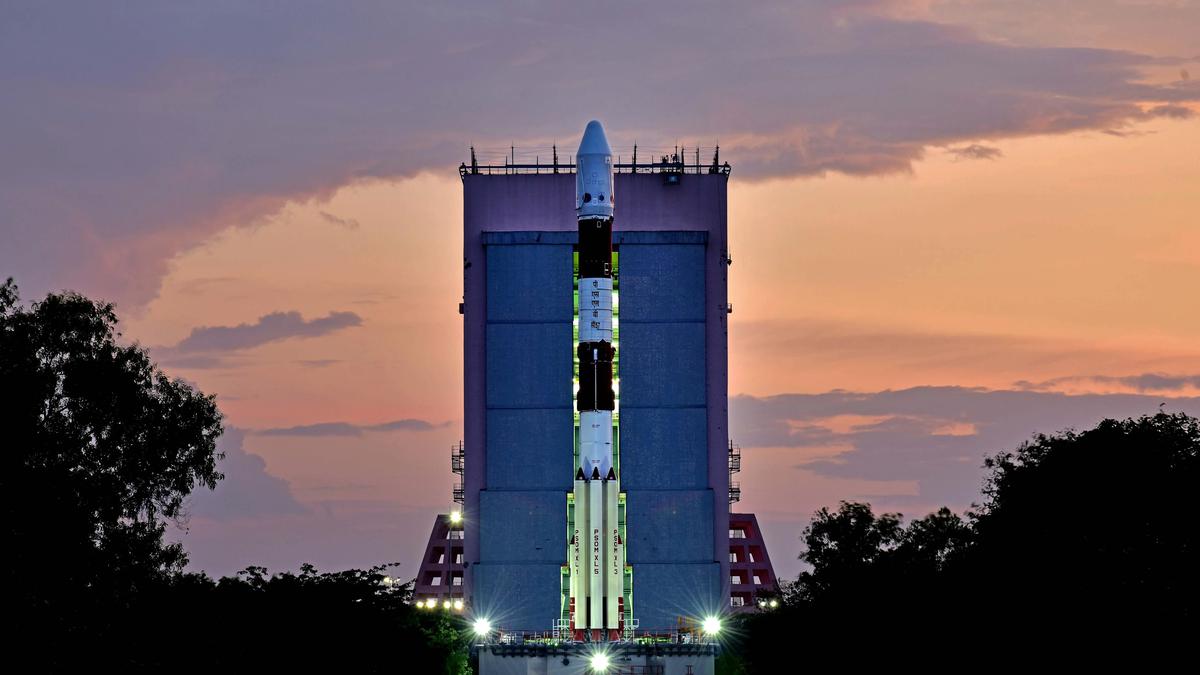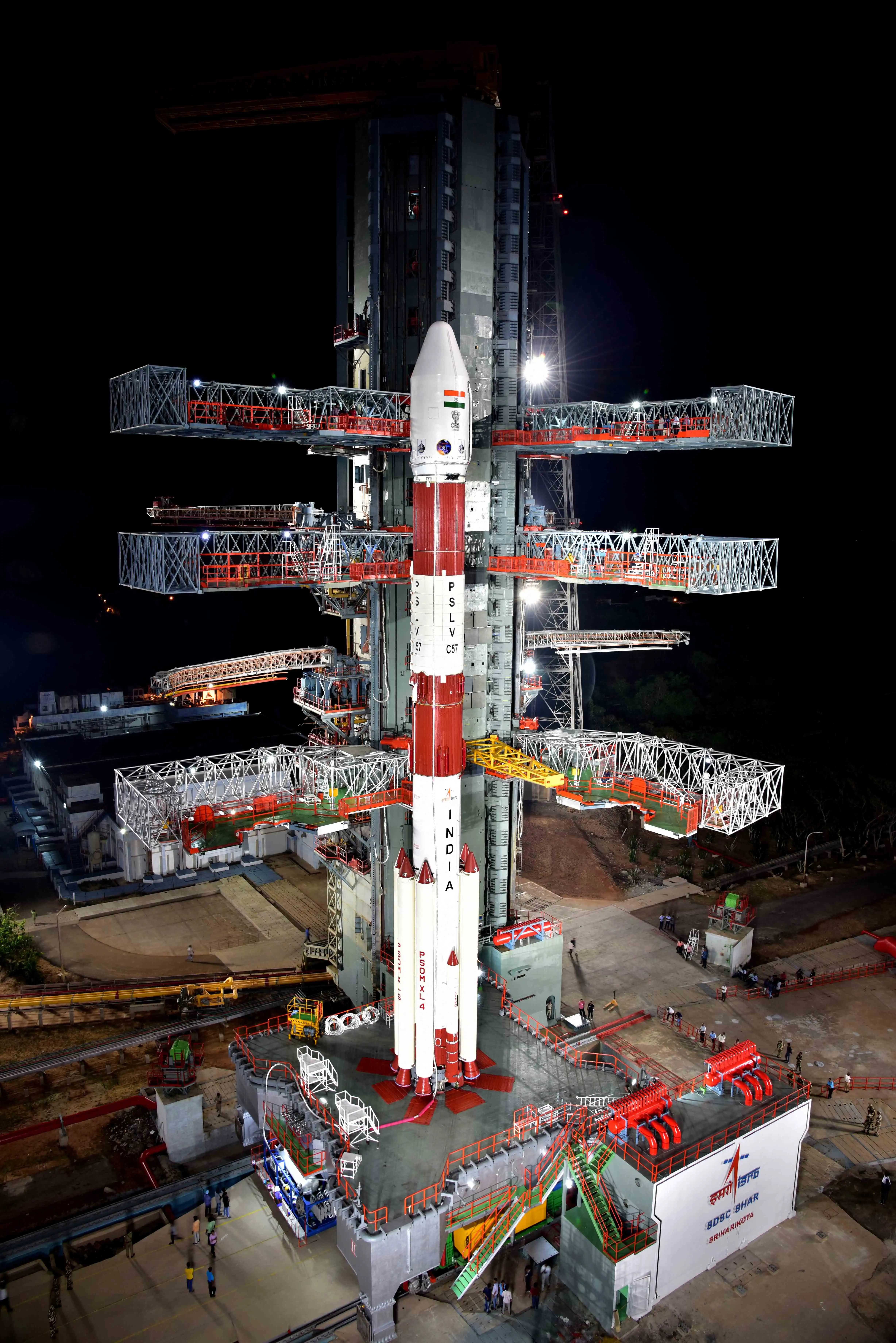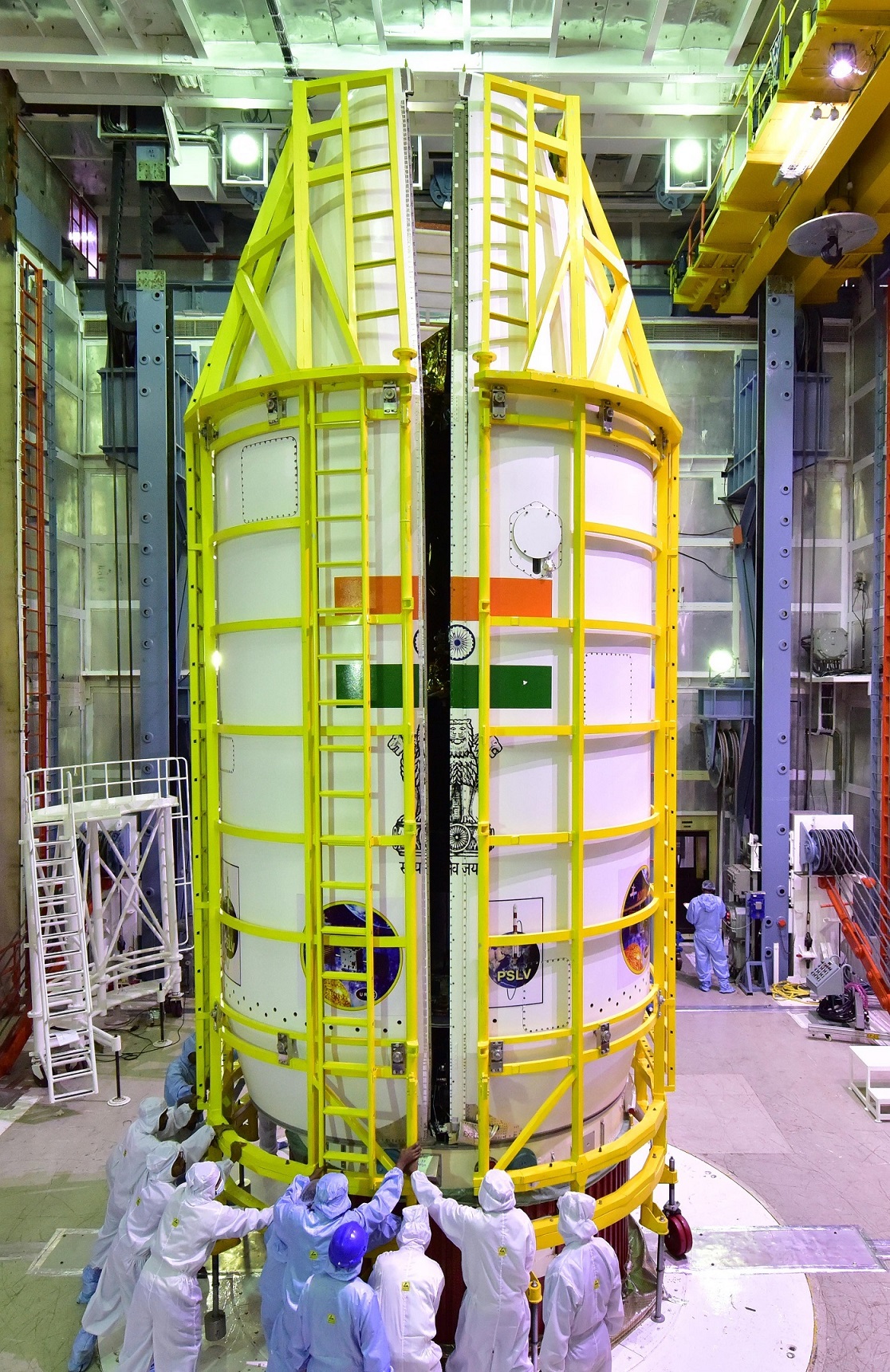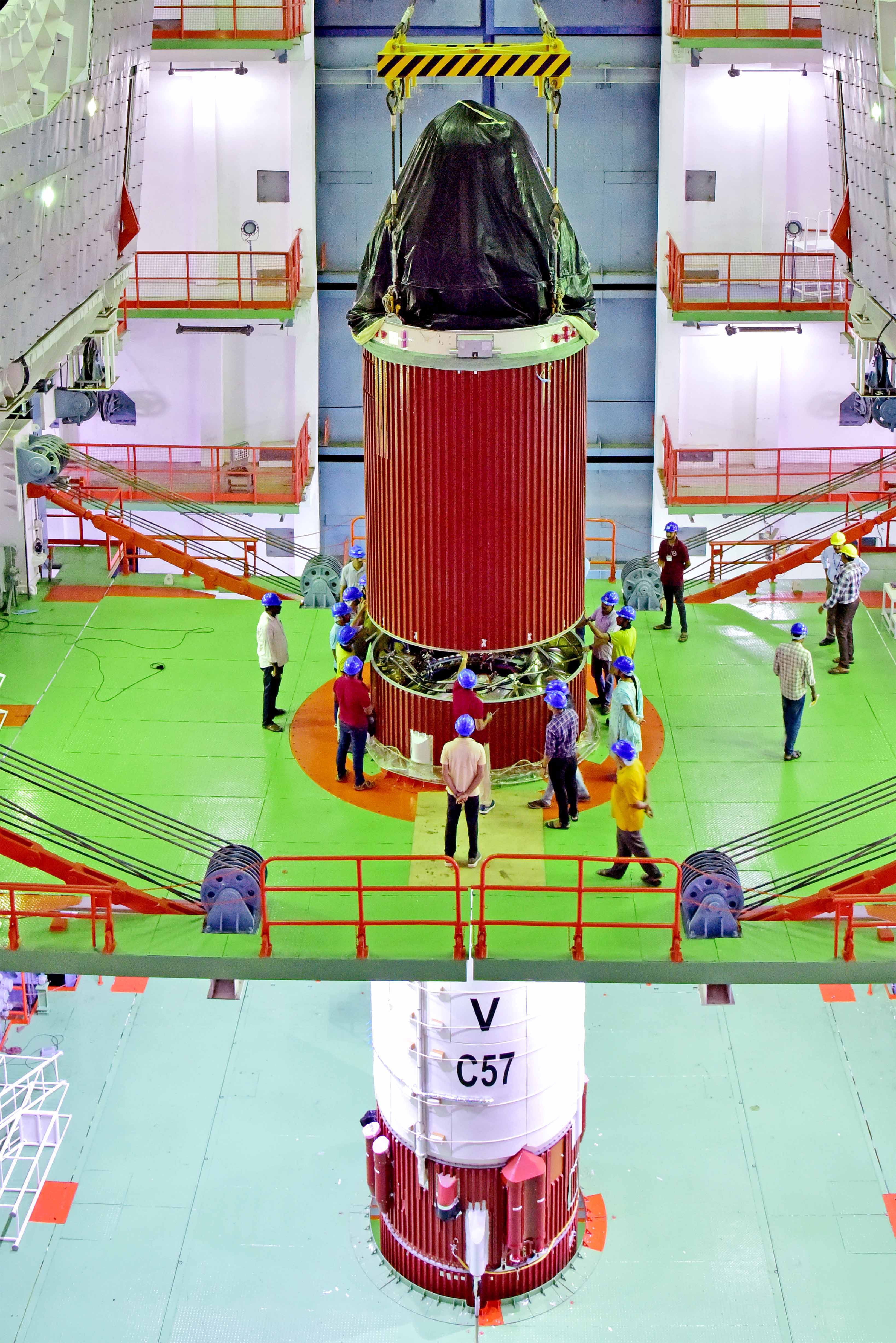ISRO Set to Launch India's First Solar Observatory Mission, Aditya-L1, on September 2nd
India's first solar observatory mission, Aditya-L1, is scheduled to launch at 11.50 a.m. on September 2. The mission aims to gain critical insights into solar phenomena and space weather. Here are the key highlights:
Launch and Countdown:
The Indian Space Research Organisation (ISRO) initiated a 23-hour 40-minute countdown for the Aditya-L1 mission, which will launch onboard the Polar Satellite Launch Vehicle (PSLV) from the Satish Dhawan Space Centre in Sriharikota.
Unique Earth-Bound Orbits:
After liftoff, the Aditya-L1 satellite will remain in earth-bound orbits for 16 days, undergoing five manoeuvres to acquire the necessary velocity for its mission. It will then embark on a 110-day journey to the L1 Lagrange point, situated approximately 1.5 million km away from Earth.
Crucial Payloads:
Aditya-L1 carries seven payloads designed to study various aspects of the sun. Notably, the Visible Emission Line Coronagraph (VELC), developed by the Indian Institute of Astrophysics (IIA) in Bengaluru, is the primary payload. It will focus on examining the solar corona and the dynamics of coronal mass ejections.
Continuous Solar Observation:
Positioned in the halo orbit around the L1 point, Aditya-L1 has a unique advantage: it can continuously observe the sun without being obstructed by eclipses or occultations. This feature is expected to significantly enhance the ability to monitor solar activities continuously.
Understanding Solar Quakes:
The mission is set to provide insights into solar quakes, which can lead to the ejection of energetic material from the sun. These materials, if directed towards Earth, can reach near-Earth space within 15 hours, potentially affecting satellites and electronic systems. Continuous solar observation is essential to monitor and mitigate such risks.
Aditya-L1 represents a significant step in India's space exploration efforts, focusing on understanding the sun's behavior and its impact on space weather, technology, and Earth's environment.
Source
Indian Space Research Organisation





